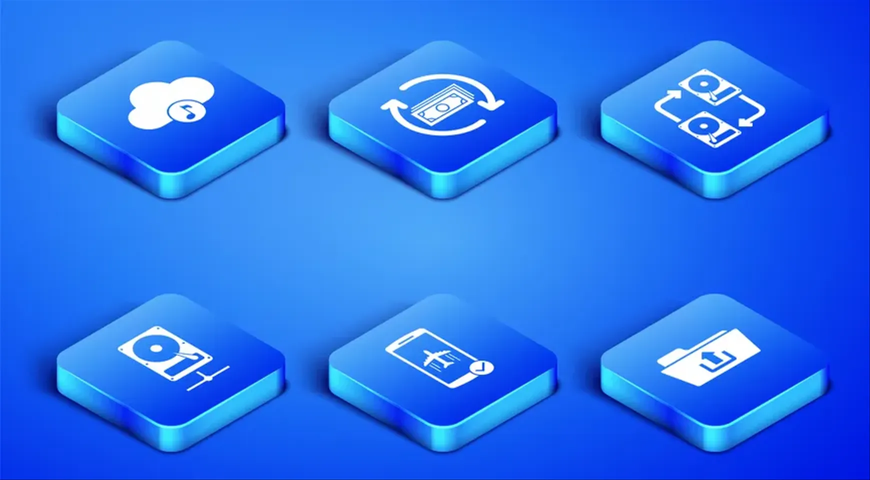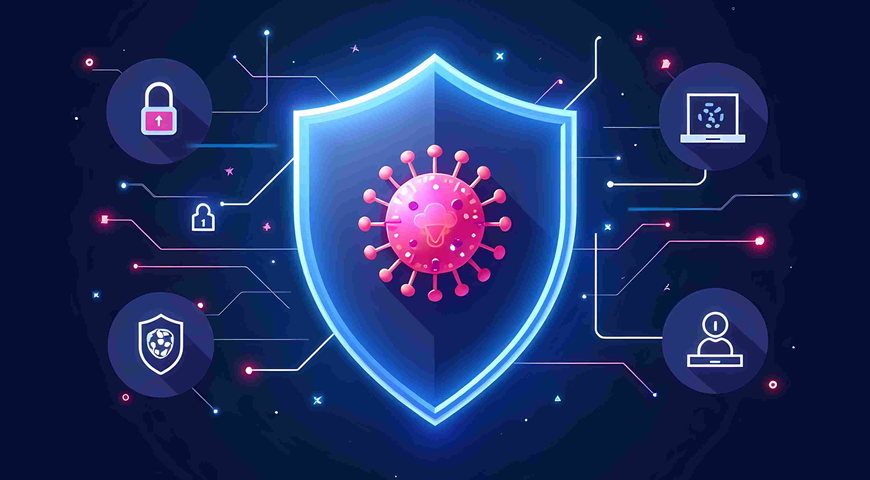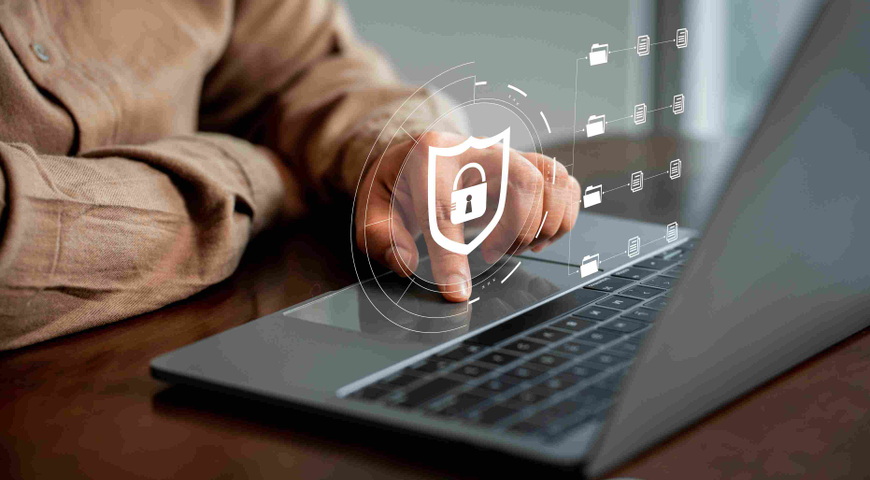There's never a dull day in the IT world: Just as IT pros get used to BYOD, so-called wearable technologies enter the picture. What's the best way to handle the data storage and security implications of wearables? Here's a look at that question — and other looming IT challenges — from around the web this week:
Ready For Wearables In The Workplace?
As if BYOD wasn't enough of an adjustment for IT departments, there's a new wrinkle: wearable tech in the workplace. In the not-so-distant future, CIOs will need to establish policies and procedures for wearables such as smartwatches and Google Glass. Lynn Greiner, a contributor to the Financial Post, writes, “Not only do CIOs have to understand how all of these devices, and the masses of data they generate, will impact their networks, they must know what data is being accessed, and when, and be able to identify trusted and untrusted devices.”
Read more at Financial Post
What SMBs Need To Know to Go Virtual
A transition to the cloud can be daunting for SMBs that still rely on a mix of physical files, on-premises software and paper. Tech Page One spoke with Jon Zimmerman, CEO of mobile management company Front Desk, about how business owner can save time, money — and data headaches down the road. Here are three:
- Shop around: “One of the more common problems that can arise during a migration is that the cloud-based service doesn’t support business processes that are specific to an individual business,” Zimmerman tells Tech Page One.
- Create a continuity plan: "In my experience, migrating [companies'] existing business data and understanding their current business processes are the biggest challenges that small business owners face when transitioning to the cloud," says Zimmerman.
- Don't forget to back up: If things go awry, a backup will protect data and give owners the option to revert to the old system in the meantime.
Read more at Tech Page One
SMBs Hop On The BYOD Bandwagon
Small business are driving the next wave of BYOD adoption. That according to a new study from IDC, which found that SMBs make up the largest increase in BYOD programs. Says said IDC analyst and study co-author Chris Chute, "This is a marked change from only a year ago when close to half of small firms cited having a zero-access BYOD stance. Now, with the availability of hosted software and easy-to-implement mobile solutions, SMB IT managers feel much more comfortable allowing personal devices access to internal IT resources.”
Read more at FierceMobileIT
The Cloud Revolution: People Before Technology
Is the new IT mantra people, not technology? IT blogger Bob Plankers thinks so. "Technology is easy. It's the people that are difficult," Plankers writes in SearchCloudComputing. "The more I work with these new [IT] technologies and new ideas, though, the more I realize one thing: There is a commonly held misconception that all this change is about technology. It is actually all about people."
How do you — or your providers — stack up to this people-focused approach?
Read more at SearchCloudComputing
[Image via BreitBart]
About Acronis
A Swiss company founded in Singapore in 2003, Acronis has 15 offices worldwide and employees in 50+ countries. Acronis Cyber Protect Cloud is available in 26 languages in 150 countries and is used by over 21,000 service providers to protect over 750,000 businesses.



